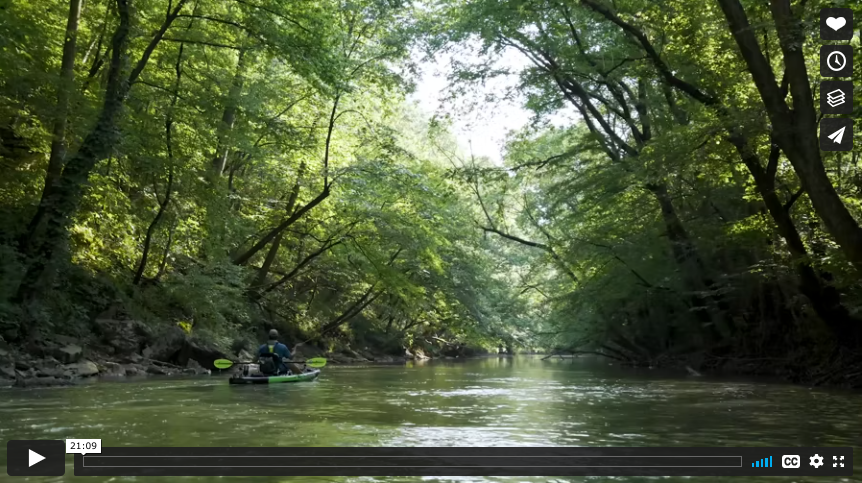
Success Story
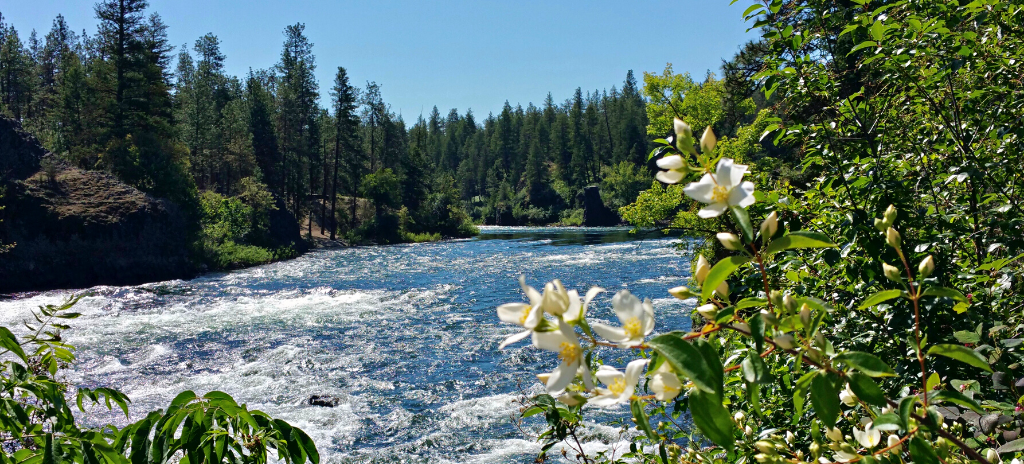
Spokane River, Spokane County, Washington State. Photo: Upper Columbia River Group, Sierra Club
Spokane River Wins a Pollution Cleanup Plan
After years of effort, the Spokane River Team of the Sierra Club and their partners achieved success in a campaign calling for the U.S. Environmental Protection Agency and the State of Washington to reduce chemical waste in the Spokane River.
Flowing westward for 100 scenic miles, the Spokane River runs from the outlet of Lake Coeur d’Alene in northern Idaho, continuing through the City of Spokane, until it merges with the Columbia River in eastern Washington State. The river itself is home to trout, salmon, bass, and walleye, along with old-growth ponderosa pine in valleys and along the river basin, towering up to 200 feet. The black-capped azure Steller’s Jay makes its home in the evergreen canopies of Spokane County, while the electric orange Rufous Hummingbird passes through as it migrates nearly 4,000 miles each year.
Under the settlement, the Environmental Protection Agency (EPA) must complete a Total Maximum Daily Load (TMDL) for the river by September 2024. This will restore affected waters while permitting a low amount of pollutants to exist that still meets legal standards.
About PBCs
“Polychlorinated biphenyls, usually known as PCBs, are dangerous to animal, fish, and human life because they cause cancer and related diseases. Tiny amounts in water concentrate as they move up the food chain. For many years, Washington’s Department of Health has issued a health advisory on human consumption of PCB-contaminated fish,” explains Tom Soeldner of the Sierra Club Spokane River Team.
The top five PCB polluters to the Spokane River have been Kaiser Aluminum, Inland Empire Paper Company, and the wastewater treatment plants for the City of Spokane, Liberty Lake, and Spokane County. They continue to reduce their loads on the river, but current levels are still too high.
Washington’s Clean Water Act and Litigation
As a result, the Spokane Tribe of Indians, who eat fish from the river and live downstream from pollution sources, adopted a stringent PCB water quality standard to protect their health. Spokane River PCBs have been listed on Washington’s Clean Water Act 303(d) list for several years, but the state's Department of Ecology had failed to produce a legally required clean-up plan.
“Our lawsuit sought to enforce the Clean Water Act mandate for an EPA cleanup plan,” says John Osborn of the Sierra Club Spokane River Team, “which has been necessary because of decades of inaction by the State of Washington.
“For the river and all of the life that depends on it, this December 2021 settlement culminates 25 years of advocacy, including 10 years of litigation filed by Sierra Club, the Center for Environmental Law & Policy, and the Spokane Tribe of Indians. In the next step of the process, we will present the settlement to the federal court for approval.”
According to Tom Soleldner of the Sierra Club Spokane River Team, “The EPA’s agreement to establish a mandatory cleanup plan for the Spokane River was both a great relief and rich satisfaction, that after more than a decade of work on this issue, there was finally the possibility that the river could return to the healthy resource for which nature designed it.”
To learn more about the work of the Sierra Club Spokane River Team, contact John Osborn at john@waterplanet.ws or Tom Soeldner at waltsoe@gmail.com.
10 Things to Know About WOTUS
Focusing on the rivers, streams and wetlands of Alabama, the film Waters of the U.S. (2019) addresses the recreational opportunities, economic benefits, and ecological health that clean water provides us all.
The definition of the term “Waters of the U.S.,” commonly abbreviated as WOTUS, is critical because it determines the reach of the jurisdiction of the Clean Water Act; waters not included in the definition cannot be guaranteed protection under that law. The lack of specificity in a definition leads to confusion and inefficiency, which inherently stifles action.
The film describes the potential impact of the Trump administration’s attempts to redefine what constitutes protected waterways of the United States under the Clean Water Act.
Until 1970, states were not protecting our waters from pollution.
70% of industrial discharges were completely uncontrolled; 30% were partially controlled.
In 1972, the Clean Water Act was passed, but it did not fully define WOTUS.
Three times the Supreme Court has failed to clarify the definition of WOTUS.
In 2015, the Clean Water Rule defined WOTUS to include virtually all waters.
Since the film was released in 2019, much has happened.In 2020, ephemeral streams and isolated wetlands were removed from WOTUS, and
In 2020, ephemeral streams and isolated wetlands were removed from WOTUS, and
In 2021, that removal was found to be legally and scientifically flawed.
A new rule was published in December 2021 by EPA and the US Army Corps of Engineers.
In 2022, the Supreme Court took on a 4th legal case involving the definition of WOTUS.
In February, EPA announced the selection of ten roundtables to develop a “durable” definition.
When it comes to interpreting laws, science matters. For example, while perennial streams flow year-round, some streams flow only after it rains. But even ephemeral streams and isolated wetlands provide habitat and help clean downstream waters. All waters are connected and need protection.
The 2015 Clean Water Rule attempted to clarify the definition of WOTUS, based on science, not legal interpretations. The Supreme Court’s next attempt to define WOTUS will likely determine to what extent the Clean WAter Act can protect our waterways.
These are among some of the key issues discussed by the Water Sentinels Water Quality Monitoring sub-committee. To help raise awareness and solve for these challenges, please share this information widely and find out how you can participate.
Nature Snapshot
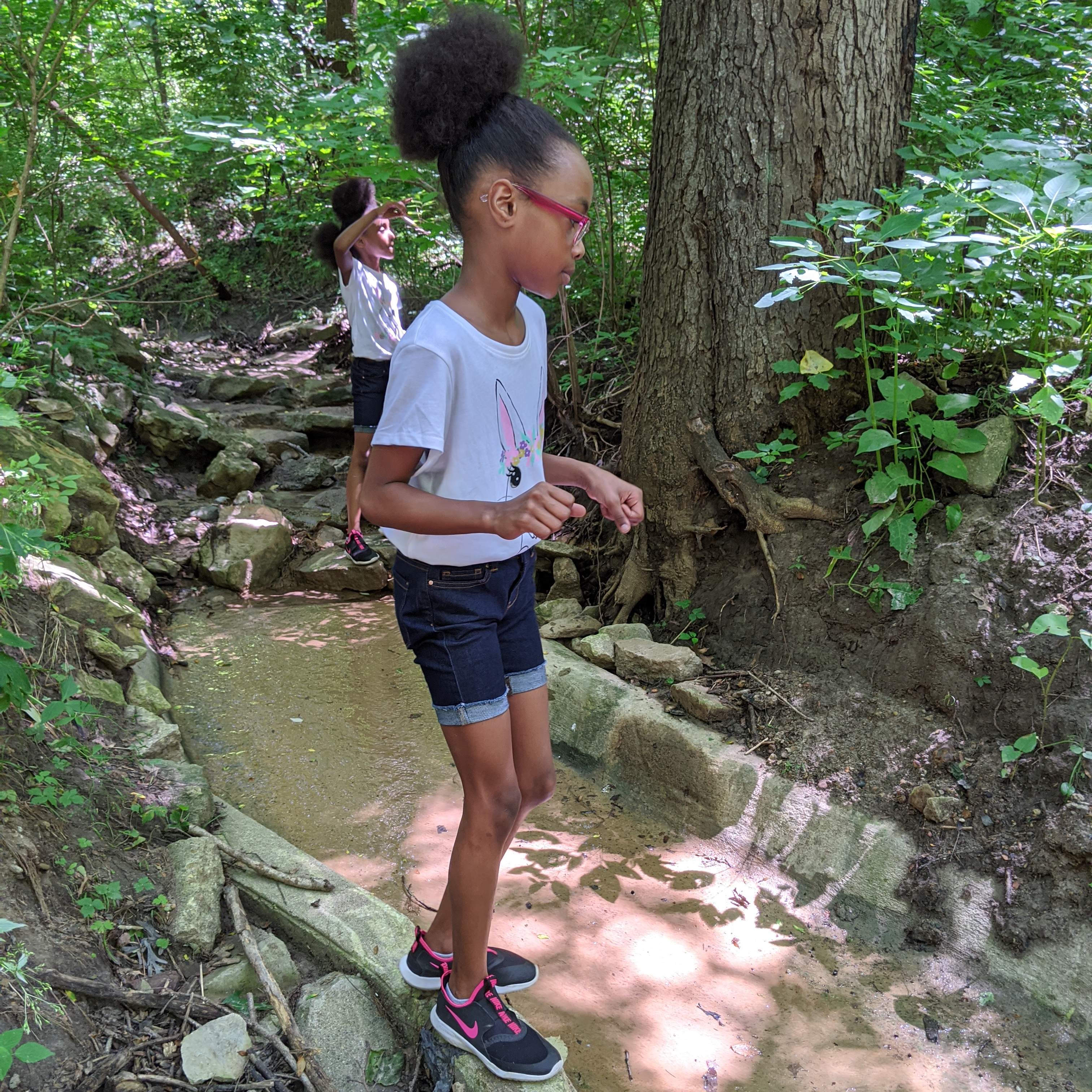
Kids playing in Greenwood Park, Des Moines, Iowa.
Photo: Deborah Neustadt
Send us your best nature photos to be featured in the next edition of our newsletter!
Aqua Acumen
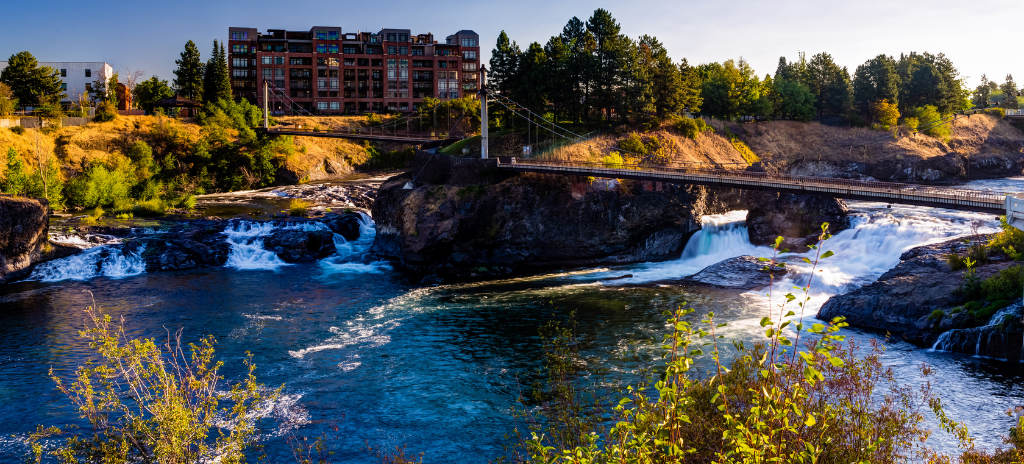
Spokane River, Spokane County, Washington State. Image: Canva
Water quality parameters commonly measured on-site include temperature, pH, dissolved oxygen, conductivity, nutrient levels (nitrogen “N’ and phosphorus “P”) and turbidity. The presence of certain aquatic organisms can also serve as an indicator of water quality.
How much do you know about water quality? Test your knowledge!
1. A term for pollutants entering waterways from a general area, such as runoff from farmland or suburban communities:
A. Eutrophication
B. Point source pollution
C. Non-point source pollution
D. Turbidity
E. Salinity
2. High turbidity impacts water quality because:
A. Suspended solids clog the gills of aquatic animals
B. Submerged aquatic plants can’t photosynthesize
C. Aquatic animals have difficulty finding food
D. It can result from nutrient overloading and eutrophication
E. All are reasons high turbidity indicates poor water quality
3. An abundance of macroinvertebrates such as stonefly, mayfly, and caddisfly larvae indicates:
A. Low water quality
B. Good water quality
C. Poor fishing
D. Lots of leeches
E. High turbidity
Answers: 1(C); 2(E); 3(B)
Subcomittee Feature: Water Quality Monitoring
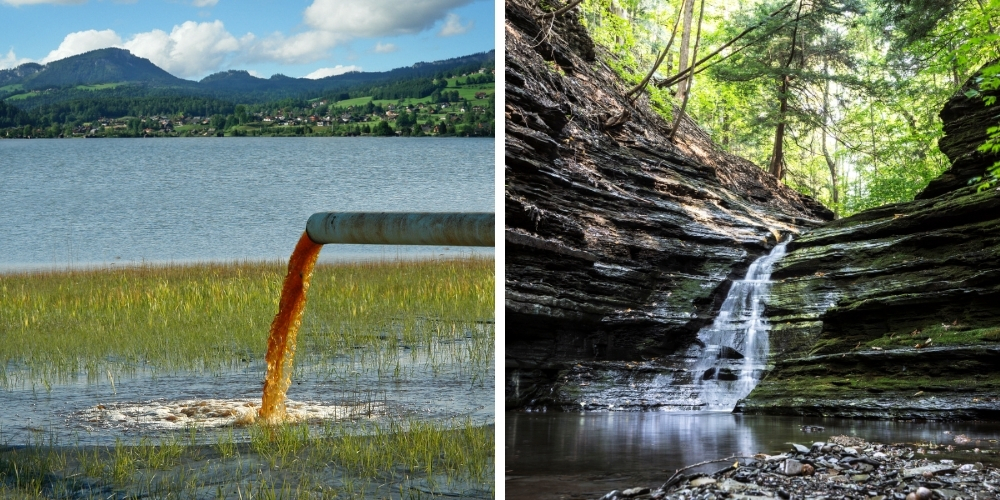
Images: Canva
THE PROBLEM The majority of water stakeholders in the United States often take water quality for granted. Open the tap and there it is, delivered and “protected” by the local water utility operator. Water consumers are for the most part unaware of the levels of contaminants in their water, of the primary factors which contribute to water quality pollution and degradation, and of the catastrophic impact poor water quality has on ecologic systems.
THE SOLUTION The Water Quality Monitoring Subcommittee protects the nation’s water quality by advocating for and supporting scientifically sound water monitoring programs, increasing community awareness, informing water management decisions, and helping to implement the Clean Water Act.
OUR VISION We must convince U.S. water stakeholders of clean water’s preciousness to life, liberty, and the pursuit of happiness. A motivated, vigilant, informed consumer class can, and will, hold elected representatives to account for protecting water from being fouled by whichever contaminants and conditions exist.
OUR MISSION We compile and update resource documents summarizing Sierra Club's monitoring efforts across the nation. Specifically, we provide technical information and tools for developing and maintaining scientifically sound, robust water quality monitoring programs to chapters and groups of the Sierra Club. We also collaborate with the Grassroots Network and Our Wild America to identify funding sources to support monitoring programs.
Learn more about our vision and mission, plus find out how to contribute to our work.
